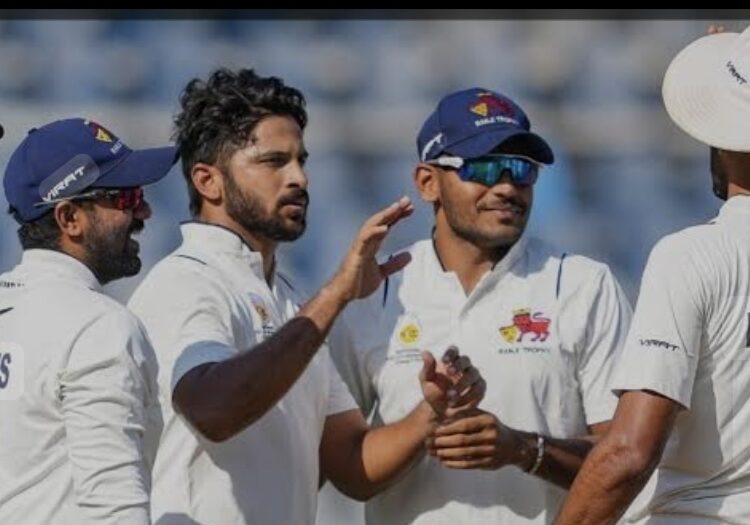The recent BCCI directive mandating domestic and international cricketers, who are not on national duty, to participate in the Ranji Trophy is indeed a positive step. It aims to strengthen domestic cricket, ensuring that top players remain engaged and the competition stays robust. However, the financial implications are significant, as the current pay structure for domestic cricketers can demotivate many.
With the current salary structure available for those 500 domestic cricketers playing for 38 states, only a 30 percent hike could be a game-changer every alternate year. Based on the calculation of what every Ranji Trophy player makes, BCCI only needs to hike it by Rs 20,000 to create a win-win situation for those who are losing or have lost motivation to play the Ranji Trophy for their respective states.
As per the rules and regulations, a domestic cricketer who has played below 20 matches gets Rs 40,000 daily. Those who have played over 21 to 40 matches get Rs 50,000, while those with over 40 Ranji Trophy games make Rs 60,000 per day. This adds up to Rs 18 to Rs 20 lakh per season for a domestic player, and after BCCI shares its profit, the amount goes up to over Rs 40 lakh per year. By increasing the fees by Rs 20,000, every player could make over Rs 24 lakh from one domestic season, and an additional share from the BCCI profit could make them richer by Rs 60 to 70 lakh per annum. Earlier, every domestic cricketer got Rs 35,000 for being in the playing XI, while those in the squad got half of it, which still continues. Overall, they used to make Rs 18 to Rs 20 lakh per annum.
In contrast, there are 250 players in 10 IPL teams, out of which 80 are foreigners. Out of 170 Indian cricketers in the IPL setup, at least 50 are ready-to-play Indian players. Another 20 might be retired or have lost ground due to age but continue to play IPL. More or less, only 100 players out of 500 domestic stars are playing in the IPL. So, what happens to those 400 who don’t have an IPL contract? An increase in payment could boost the system quite effectively. It is understood that the BCCI last hiked the fees of domestic cricketers in November 2021. It’s been almost three years since they have had a hike.
The 400 domestic cricketers’ financial conditions could improve drastically if the BCCI implements a pay hike later this year. Ultimately, this hike could ensure that domestic players are financially secure, thereby sustaining their motivation and improving the overall quality of Indian cricket. It also reflects on BCCI’s commitment to nurturing and retaining talent within the country’s cricketing ecosystem.
















